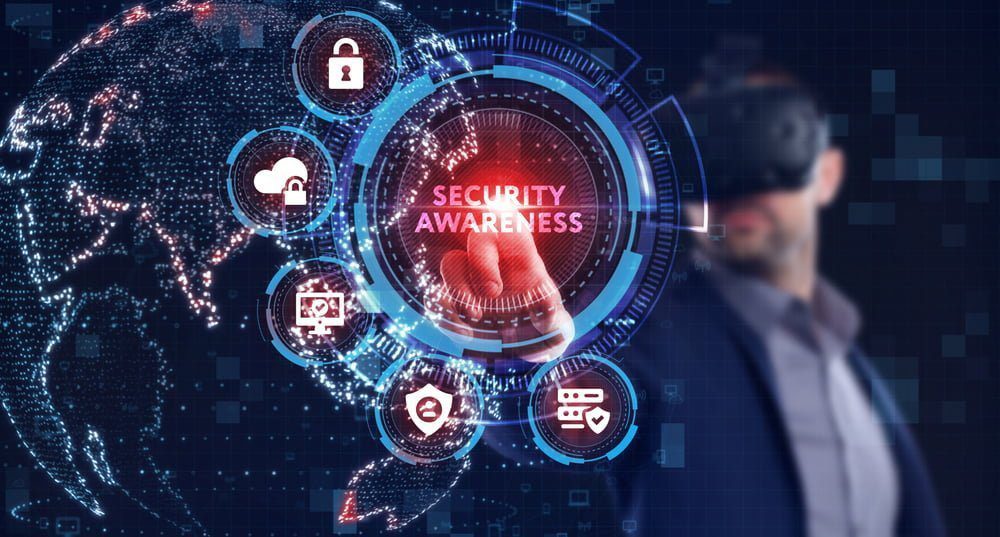Trend 1: 90% of phishing websites are live for just one day
Attackers create and dismantle phishing sites quickly, often targeting high-traffic events, like holidays or significant product launches, maximizing their chances of success in a short window. The ephemeral strategy makes traditional security measures less effective, as many detection systems rely on historical data and established patterns to identify threats. The short lifespan of these websites means they can often evade blocklist systems and other defenses before organizations even become aware of their existence. As a result, cyber security professionals face an uphill battle, requiring them to adopt more agile and proactive strategies to identify and counteract these transient threats, which can strike at any moment and vanish just as quickly.
Trend 2: 70% of malicious files are delivered via email
Despite technological advancements and communication methods, email is a persistent communication vector for cyber-attacks. Its widespread use and the inherent trust users place in their inboxes make it a favorite for cybercriminals. Email’s adaptability enables attackers to customize their messages for individual targets, significantly raising the chances that recipients will engage with the attachments. For example, they often employ social engineering tactics, creating a sense of urgency or familiarity to prompt users to act impulsively. This approach not only manipulates human behavior but also takes advantage of the fact that numerous organizations continue to use email as a critical method for exchanging files and information.
Trend 3: On average, each organization has suffered over 1,620 weekly cyber-attacks since the start of this year, a 40% increase from 2023
The increase in cyber-attacks illustrates the heightened sophistication of cyber threats, as attackers utilize advanced methods and automation to exploit vulnerabilities. Several factors contribute to the significant rise in attack frequency, such as the widespread adoption of remote work, and the increasing use of partners which has expanded the potential attack surface for organizations. Cybercriminals exploit emerging security weaknesses as employees access sensitive systems from diverse locations. Furthermore, the ongoing prevalence of ransomware and other profit-driven attacks fuels this growth, with attackers eager to exploit any available opportunity for financial gain.
Trend 4: Cybercriminals have published details of over 3,500 successful ransomware attacks on businesses so far this year
Cybercriminals continue to use data exposure as a means of extortion. One explanation for the trend is the emergence of ransomware-as-a-service (RaaS), which has made it easier for less skilled criminals to launch attacks and has expanded the pool of potential offenders. Cybercriminals now will use advanced techniques like double extortion, where they not only encrypt the data but also threaten to leak sensitive information if the ransom isn’t paid, hence the increase in exposed data.
Trend 5: On average, the education sector suffers the highest rate of cyber attacks, followed by the government and healthcare sectors.
Educational institutions, especially universities, often focus on accessibility, resulting in expansive networks that cybercriminals can easily exploit. Many users and devices can lead to weaker security practices, making them attractive targets for phishing and data breaches. Similarly, government entities are prime targets due to the sensitive information they manage, which can be exploited for financial or political gain.
Healthcare organizations encounter unique challenges as they handle vast amounts of personal data, often needing more cybersecurity measures. The urgency surrounding medical services can sometimes compromise security measures, increasing their susceptibility to ransomware and other attacks. The recent shift toward digital operations, accelerated by the COVID-19 pandemic, has expanded the attack surface across all sectors, providing new opportunities for cybercriminals. The prevalence of attacks in education, government, and healthcare underscores the critical need for improved cybersecurity strategies, comprehensive employee training, and effective incident response plans to protect vital data and ensure operational stability.





